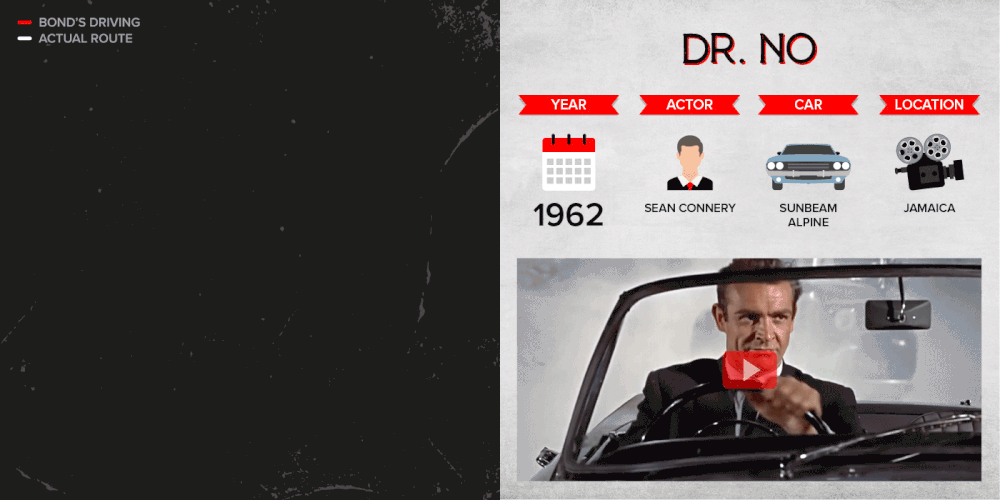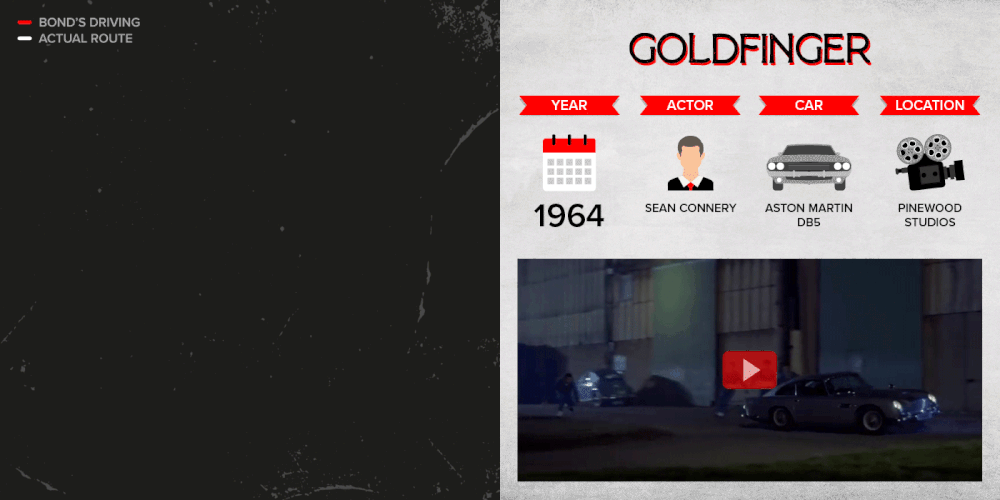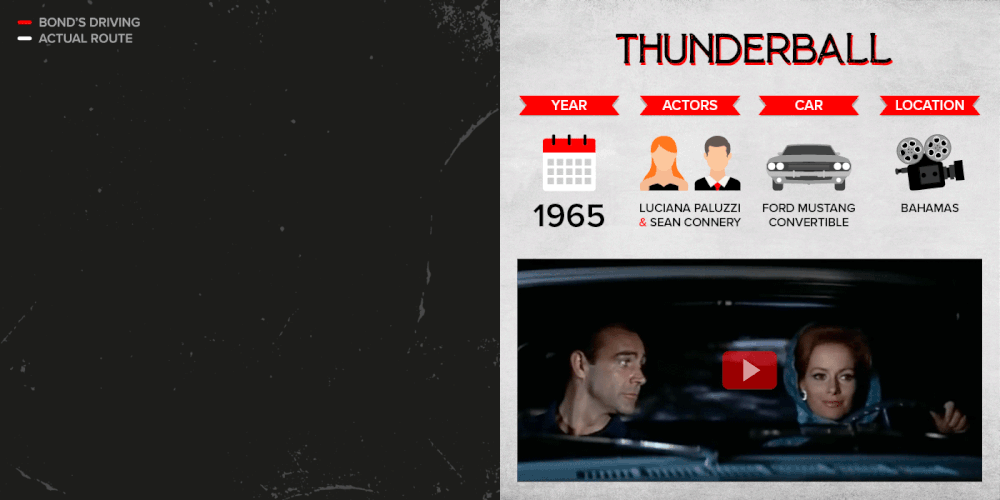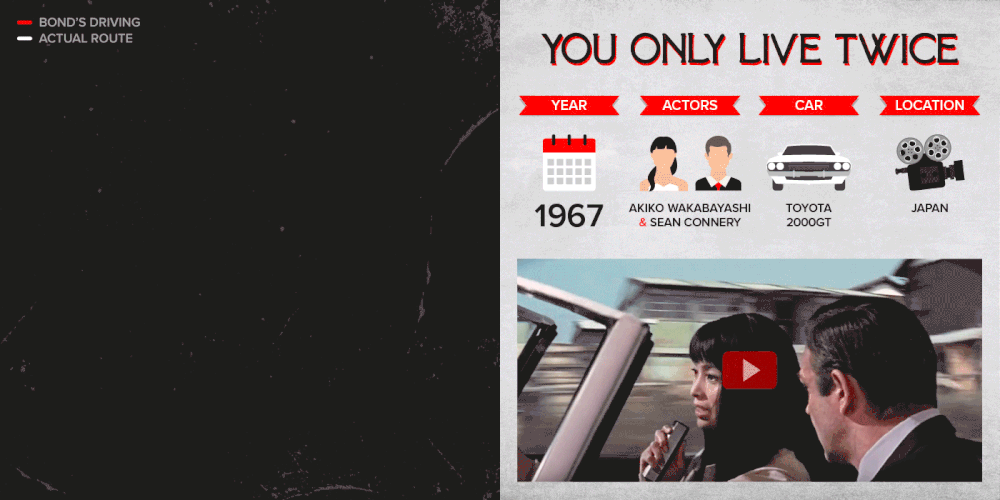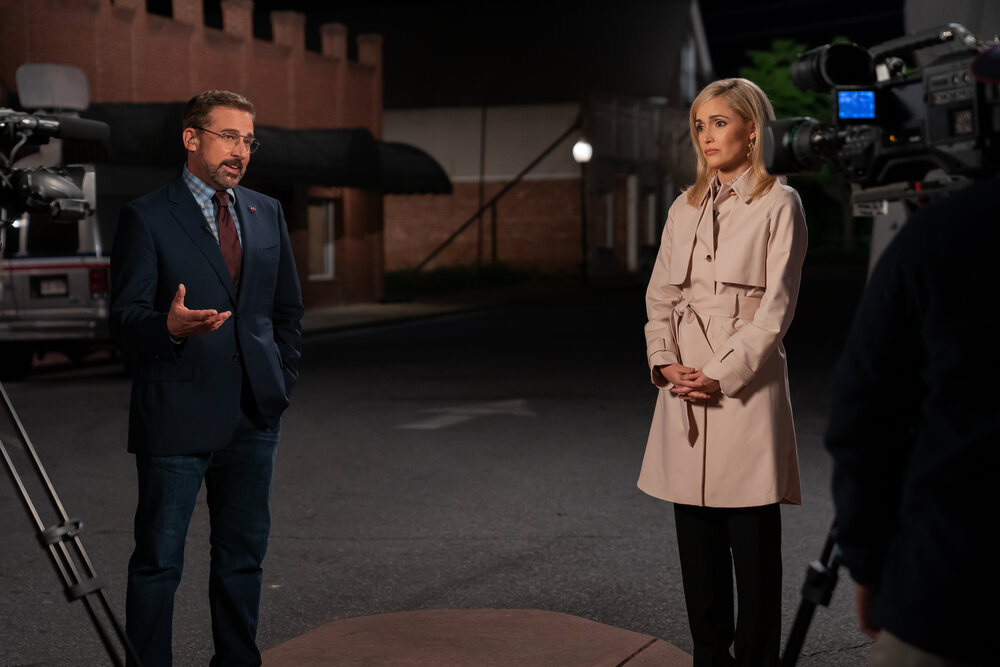
Image: culturemixonline.com
NO SMALL MATTER-- 4 STARS
Documentaries often carry a sharp specificity by design. The backers and filmmakers have zeroed in on a pointed topic or singular issue they feel needs a spotlight or, even stronger, a public wake up call. Sometimes, they downright demand it. The challenge of an exemplary documentary is to convince next to its natural aim to inform. Their demands need worth, especially if the subject is too narrow to the point that it is inconsequential. That’s where the documentary No Small Matter lives up to its title. The demand matches the worth.
Contrary to many segments of misinformed public opinion and, worse, political dissonance, early childhood education is not daycare, playtime, or babysitting. It is not just simply “preschool” and something cute to do before kindergarten when public school systems start and take over. The mission field of early childhood education is filled with the embattled efforts of true learned professionals preparing our youths for future success when their brains, bodies, and hearts need foundation and formation the most. None of that better sound inconsequential because it isn’t. Anything less than that is antiquated thinking and this documentary pushes viewers forward from those misconceptions.
LESSON #1: BEGINNINGS MATTER-- Speaking with resolute clarity through narrator and producer Alfre Woodard, the consequence of No Small Matter and the need for high-quality early childhood education programs are supported by just about every child development theory in the book. The developing human brain is born learning and ready. It is a social engine of imitation and the majority of the proverbial wiring of our forged synapses is done before the age of five, far before the flash cards, spelling tests, science fair projects, and calculus classes. The strength of that internal wiring and preparation for executive functioning dictates the effectiveness of all of the heavy-lifting learning that follows and is a data-proven predictor of future successes.
Presenting interview subjects from the Institute of Learning and Brain Science hammers that background lesson home. The documentary presents agencies using new technologies that study the developing brain more than predecessors and experts ever thought was possible. For several years, the researchers have used their findings to guide the classroom practices of early childhood education. Their core message is that learning is cumulative and those working in early childhood education are “brain builders” more than solely being caring teachers.
LESSON #2: THE OPPORTUNITY GAP-- It doesn’t take long for the “why” and “how” to become clear in No Small Matter. There is a diminished capacity of modern society to support parents. Simply put, life has become harder for families to give their children proper early childhood education. The huge growth of the 20th century and its economic evolution of the mythical American Dream has led to dual working parents, more distant or less existent support from extended families, expanded work hours, and greater income challenges across the board, with minorities who need that support the most hit the hardest.
LESSON #3: INEQUALITY OF QUALITY-- Even if you can access a comprehensive early childhood program, the costs can rival that of undergraduate colleges and universities, and the majority are not up to standard. It is quite telling in No Small Matter when it’s the branches of the military that offer some of the best family support systems in the nation. They get it. They know the gauge of citizen readiness while watching the country spend on average three times more on every inmate in a correctional facility than a pupil in school. Further, at the public level, only 3% of national education spending goes to early childhood education. That is the definition of underserved.
No Small Matter is as efficient as one of those meshed neurons in our noggins firing with complete clarity. There is a savviness to the animations of Julie Gratz and graphics by Tim Weidelman to present the forceful studies and sometimes damning data in an appealing and digestible fashion. Slick editing by John Farbrother (Abacus: Too Small to Jail) and Miranda Yousef (The New Bauhaus) combines the footage of a half-dozen different cinematographers to present the human-interest subjects of the film that represent the layers of impacted stakeholders. This is a tight and tidy 74 minutes that never belabors its points.
The spark of all sparks in the personality department for No Small Matter is the profile given to Chicago-area early childhood educator Rachel Giannani. Working two jobs to pay for continuing education and living expenses, Ms. Giannani is but one representative of the over half-million early childhood educators that net barely-above poverty level wages that have ranked in the bottom 3-5% of professions for the past two decades. When the cameras watch her work, you see the kind of magic you can’t put a price tag on.
LESSON #4: TOXIC STRESS IS A UNIVERSAL ENEMY-- Any teacher, regardless of their age level of expertise will tell you that they deal with and solve more problems than the purely academic ones. Without caring relationships, very little learning occurs and the largest social emotional hurdle for every component in the school cycle is toxic stress. Parents are pushed by it and their children absorb it. Beleaguered teachers and leaders carry plenty of their own as well. Removing the adult stresses can incrementally remove the kid ones. Add “healers” to the job descriptions next to “brain builders” for folks like Ms. Giannani.
Pair No Small Matter with 2016’s documentary Resilience: The Biology of Stress and the Science of Hope by James Redford for more on that no-longer-invisible debilitation. Both documentaries go to great lengths to show the profound effects in multiple body systems and how they stack with age without intervention. No Small Matter gives excellent screen time to the fine work of the parent-child education programs of Texas-based non-profit Avance, Inc. Organizations like that typify the final takeaway.
LESSON #5: INVEST IN THE FUTURE-- No Small Matter can tug heartstrings as strongly as it backs its impassioned information. One answer to improvement for early childhood education is investment which goes beyond passing around some kind of guilt-ridden collection plate at the church of public discourse. The film’s stances that there is no better public return than investing earlier in lives and how high quality early childhood education can break generational poverty are ardent and tangible, not merely pipe dreams. Time and money go hand in hand for these grown-up issues. Better policies would make investing in programs, teachers, and resources far easier. The wish for No Small Matter is for momentum because momentum causes movements. It’s time to grant some powerful wishes for more people than cancer patients.
LOGO DESIGNED BY MEENTS ILLUSTRATED (#892)
from REVIEW BLOG - Every Movie Has a Lesson https://ift.tt/2BhlxBb



















